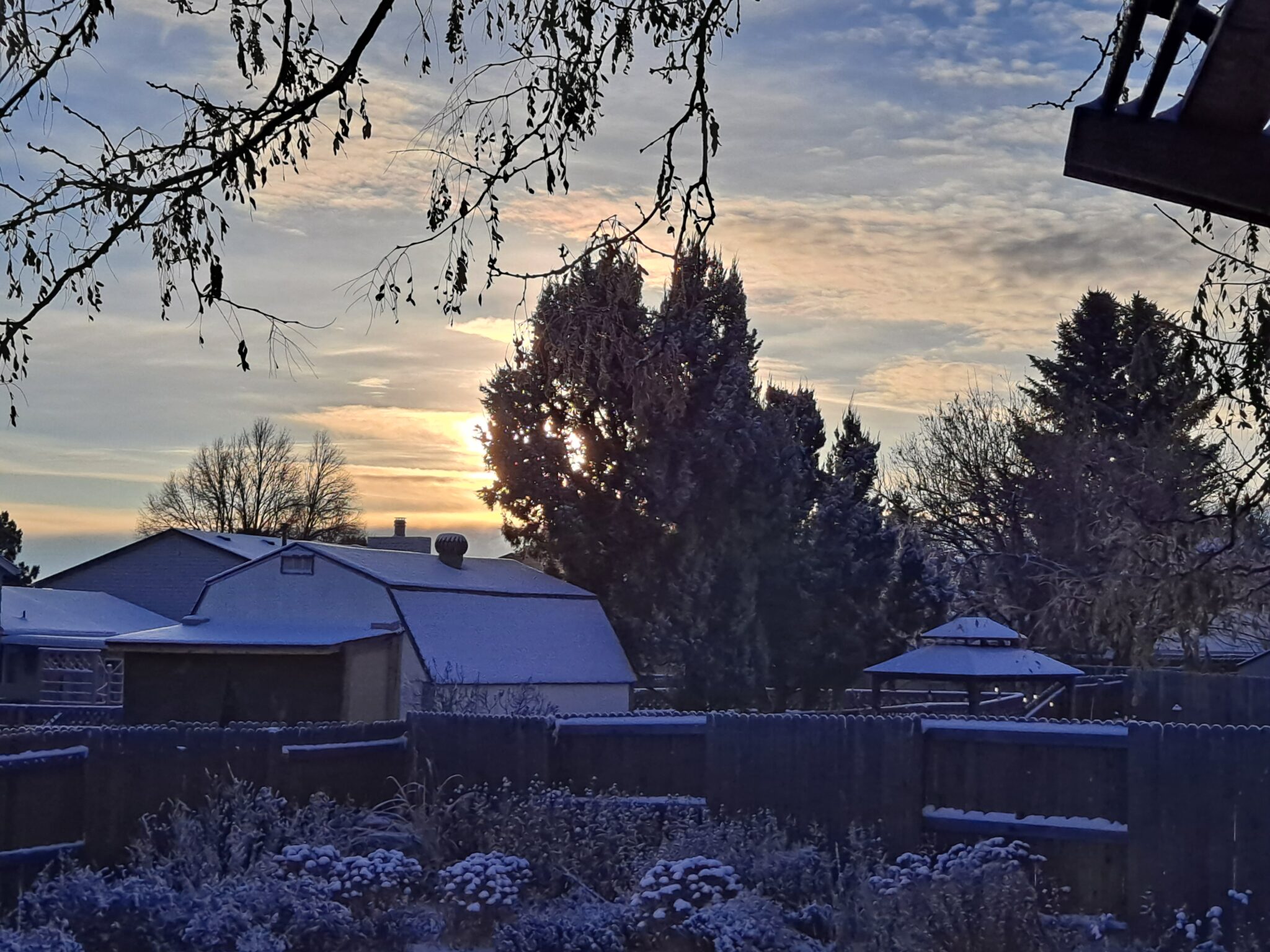
Well, another year is in our rear-view mirrors and a new year has dawned anew. How was your 2023? Did you accomplish your New Years resolutions?
Last year, I posted how I wasn’t into resolutions anymore. Instead, I was going to focus on S.M.A.R.T goals. You can see that post here: Instead of a New Year’s resolution, be SMART.
So how did I do in reaching my goals? Well, to be honest, not great. I only fully completed one of the six goals I set out to accomplish. Installing a waterwise front yard was one of my goals, and with the help of MrsVintage, I reached it.
I made some progress on a few of the others, and in one case I bombed completely.
In retrospect, I think my failure stemmed from having too many goals. Having too many goals can dilute one’s concentration and willpower. Causes one to run around willy-nilly, like the proverbial headless chicken.
So, this year I’m going to only set three S.M.A.R.T. goals for myself.
What is S.M.A.R.T?
S.M.A.R.T. is an acronym for Specific, Measurable, Achievable, Relevant and Time-bound. How often have we resolved on New Years Day to “lose weight”. This is so vague as to be useless. How much weight? Does 1 lost pound on December 31st count as a success?
A S.M.A.R.T goal, on the other hand, would go something like this: I will lose 15 pounds by June 1st, with an ultimate goal of 30 pounds lost by December 31st.
Perhaps the most important part of setting a S.M.A.R.T goal is the achievable part. Setting a goal of losing 75 pounds by June 1st is, barring the use some kind of medical procedure, an unrealistic goal. Unrealistic means it will not be achieved.

My S.M.A.R.T goals for the coming year
I will weigh xxx lbs. on December 31, 2024.
My goal tasks me to lose less than one pound a week on average for the entire year. This is, in my opinion, realistic and achievable. It’s hard enough to lose weight, but at my age it is more difficult than ever. I must be patient with myself!
I will read 24 books in the coming year.
Last year I aimed to read a book every two weeks. Well, in the words of that famous philosopher Mike Tyson: “everybody has a plan until they get punched in the mouth”. Life throws curveballs and the unforeseen can throw one’s intentions right out the window. 24 books in a year is still a little less than one book every two weeks, but I have all year to accomplish my goal. This gives me a little more leeway when things don’t go according to plan.
I will ride to the top of Lookout Mountain on my bicycle.
I did not get much riding time on my bicycle last year, for various and sundry excuses. I plan on riding much more in the coming year, and I want to set a challenge for myself. I’ve heard that the Lookout Mountain ride is beautiful, albeit fairly demanding. If I can achieve this goal, I will have a pretty good idea of where my fitness level is at.
The 1st step

I have been meaning to read Atomic Habits by James Clear for some time (https://www.amazon.com/Atomic-Habits). I’ve heard good things about this book about how to change one’s habits by doing small and incremental changes. I already understand the concept of breaking large projects down into small steps, but maybe this book will show me how to make the concept work more effectively. This will be the first book I will read in the New Year.
How about you? What goals or resolutions have you set for 2024?




